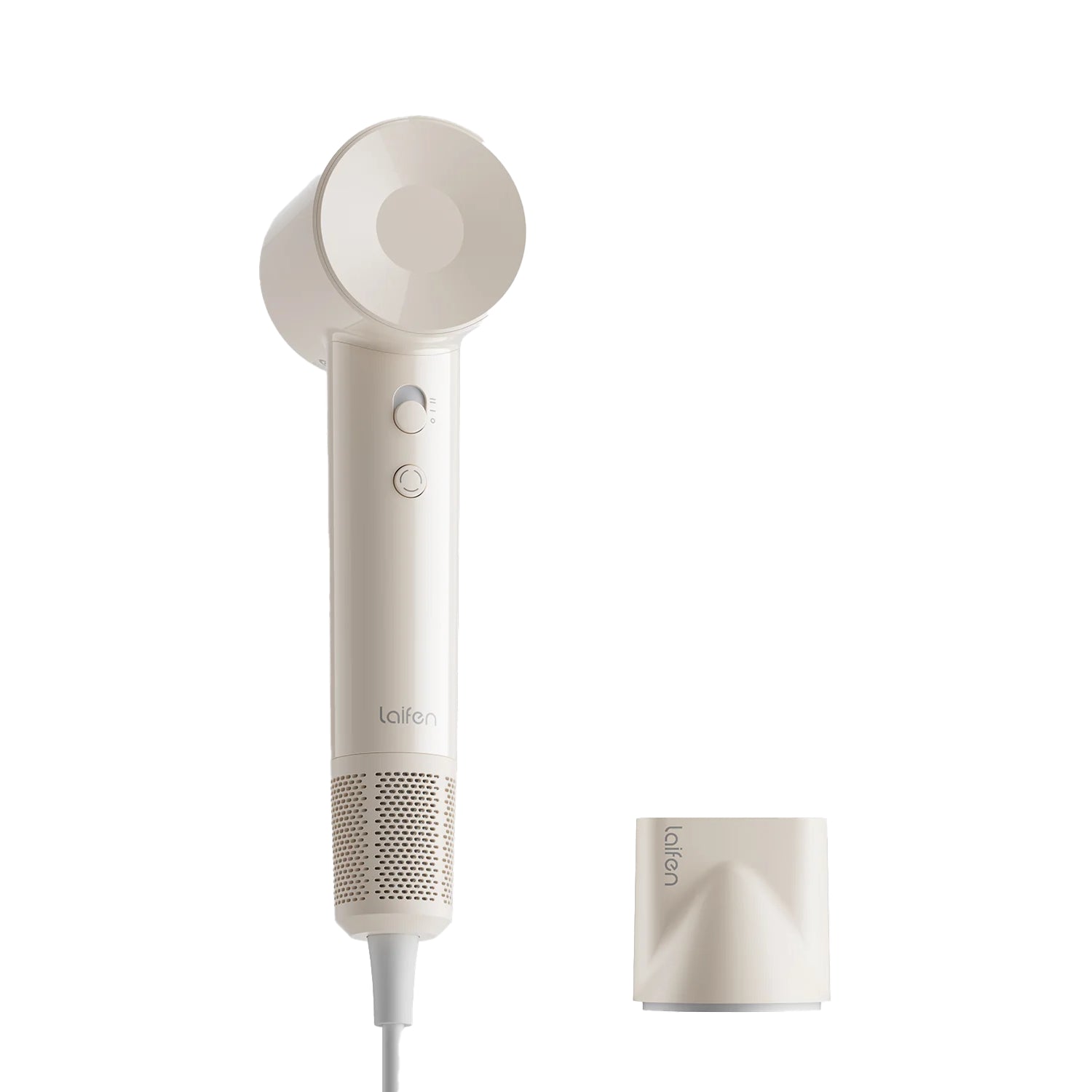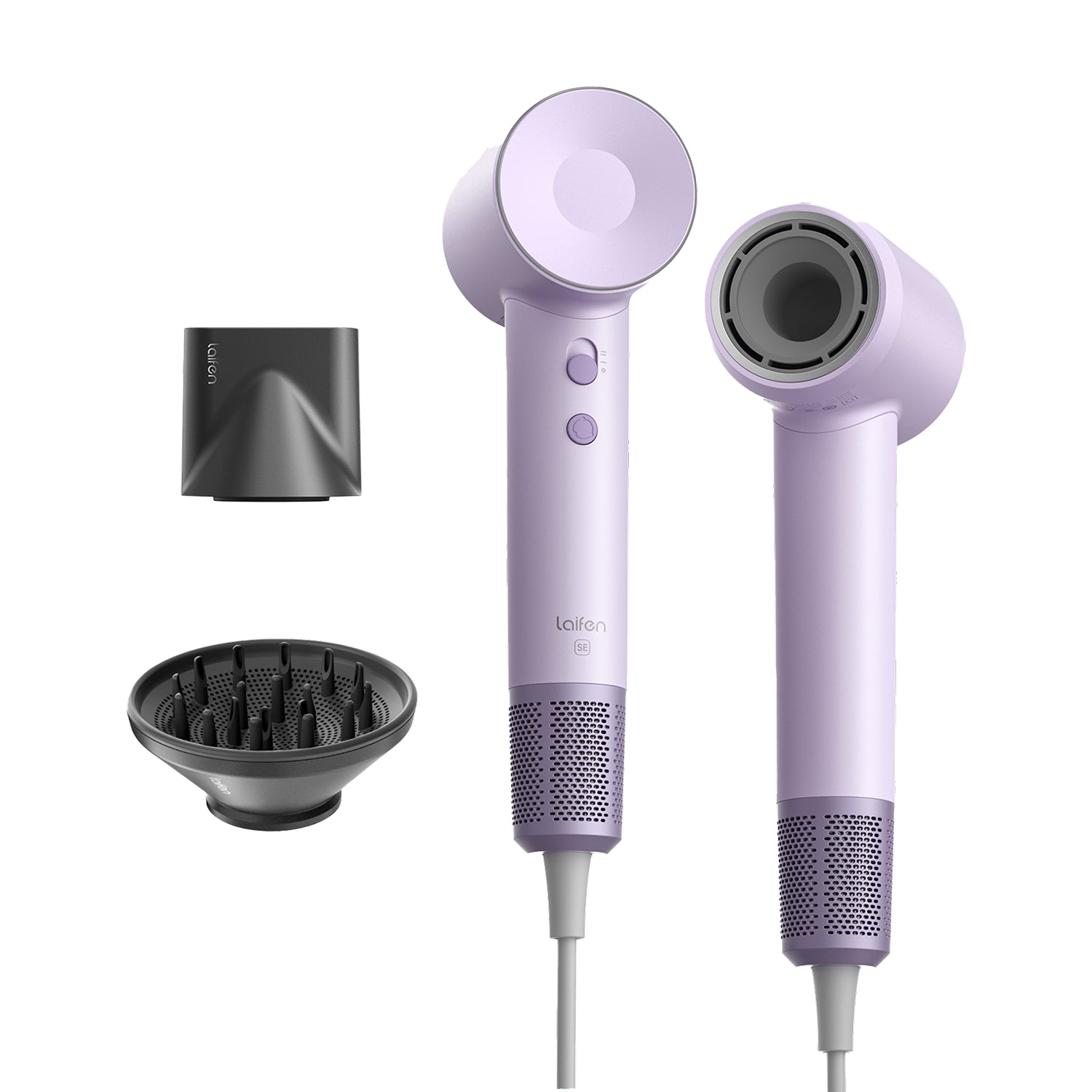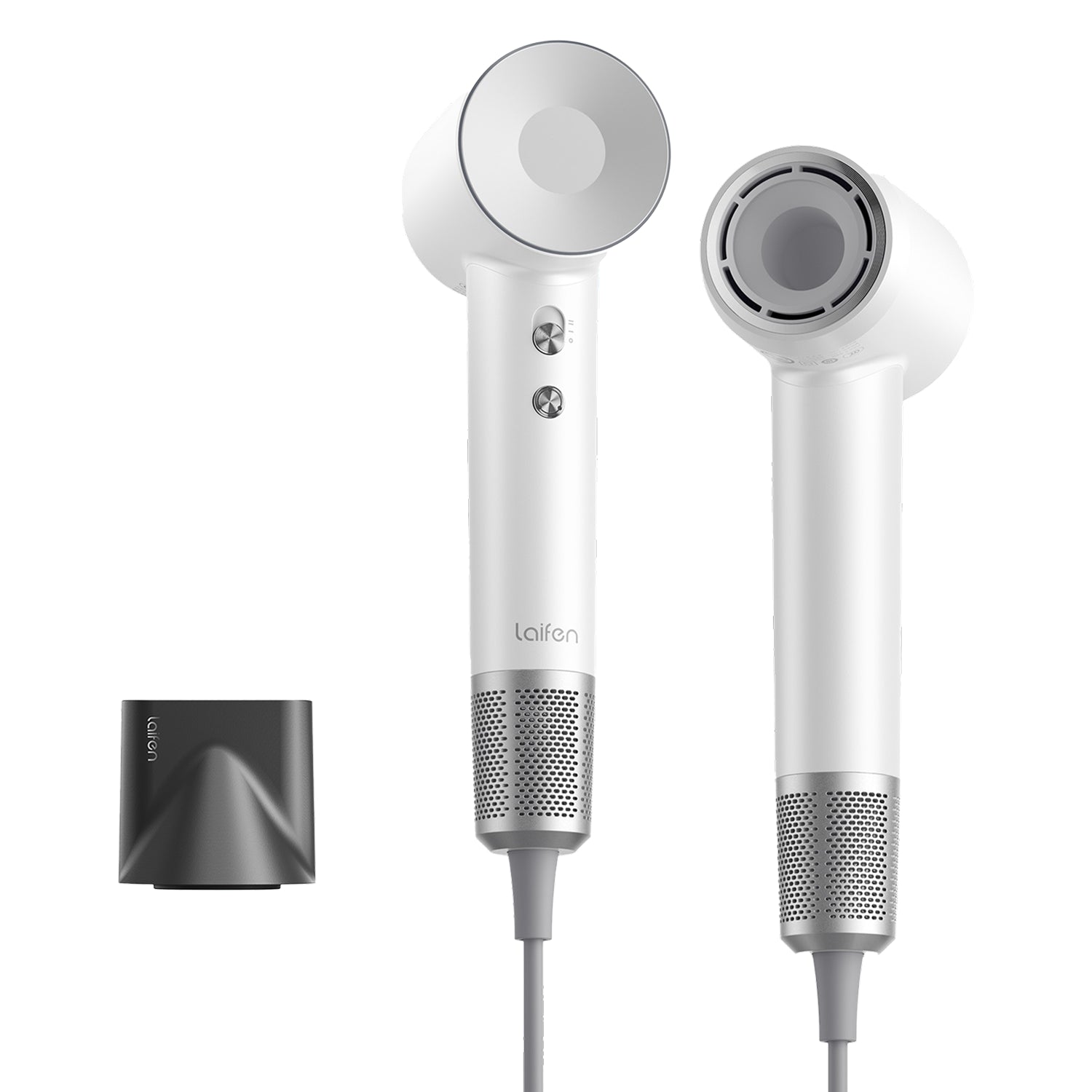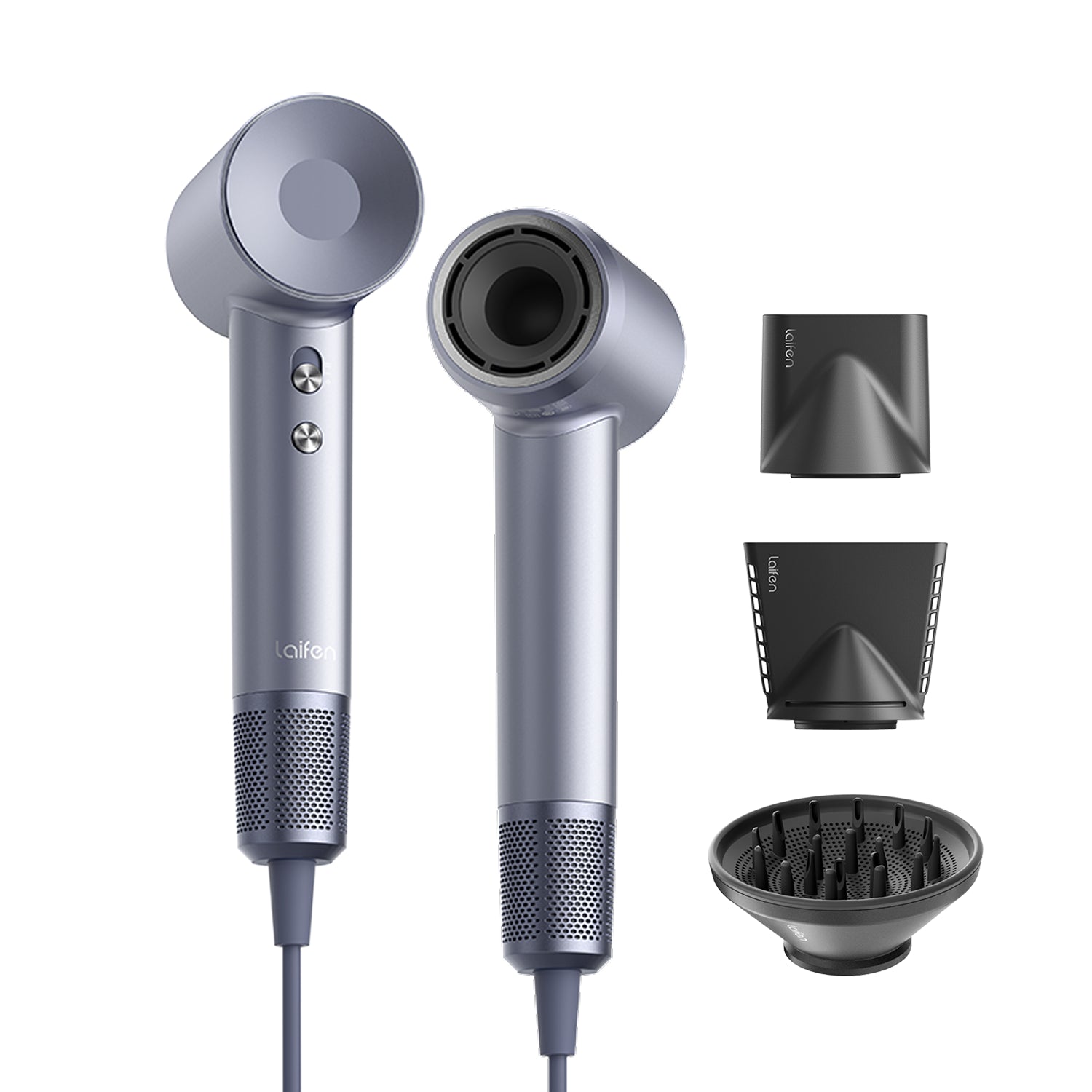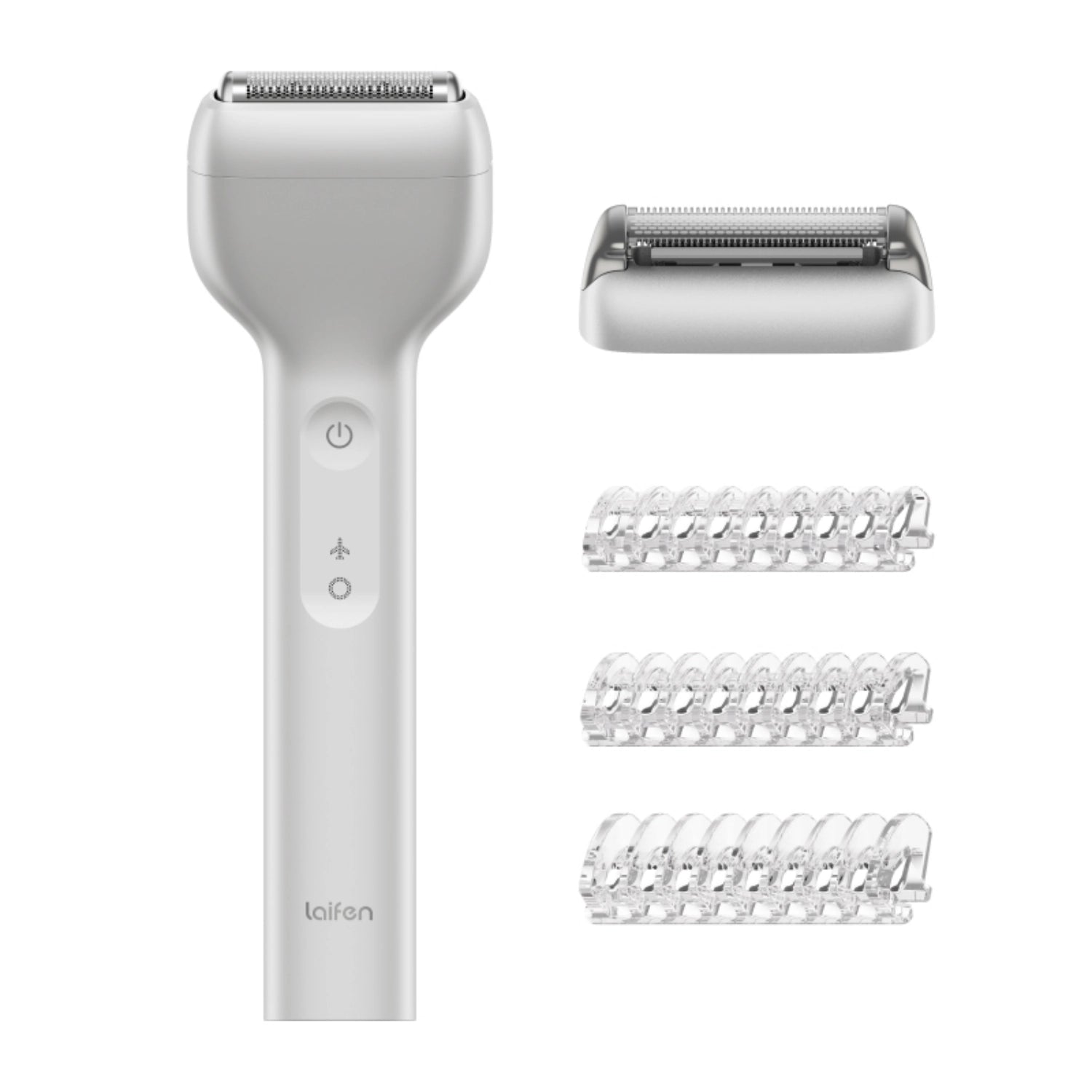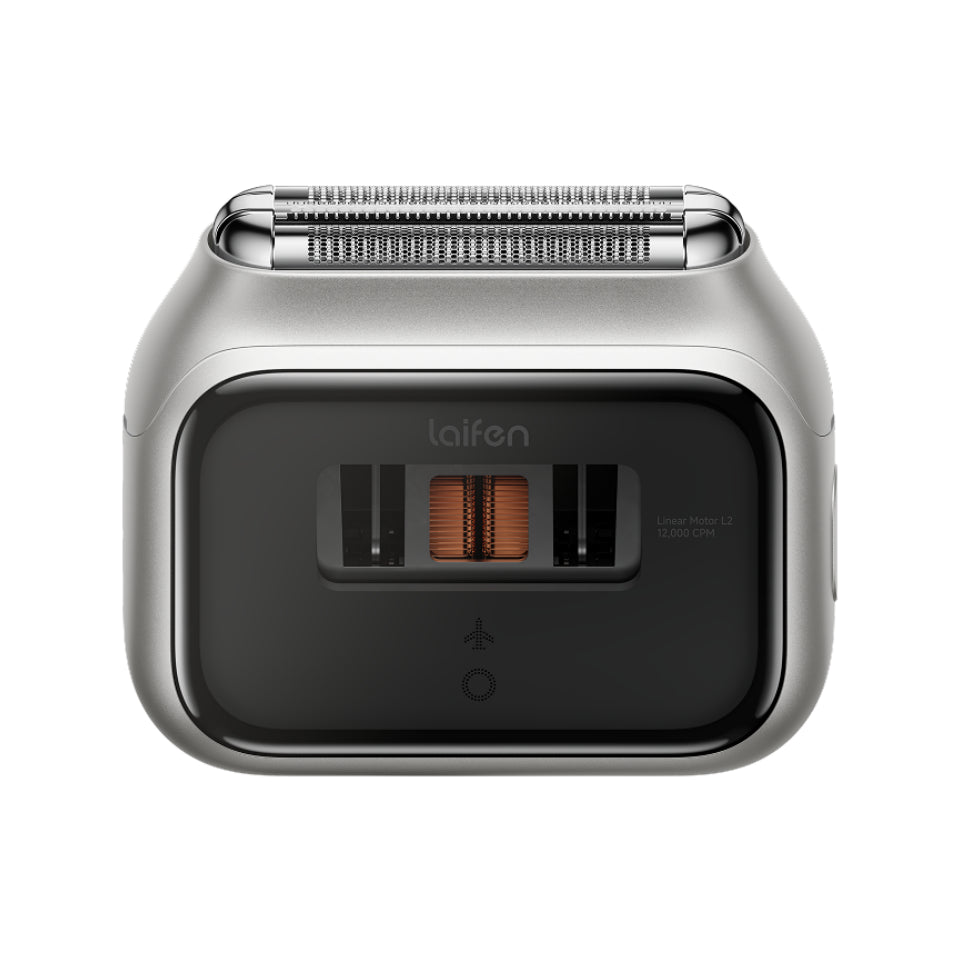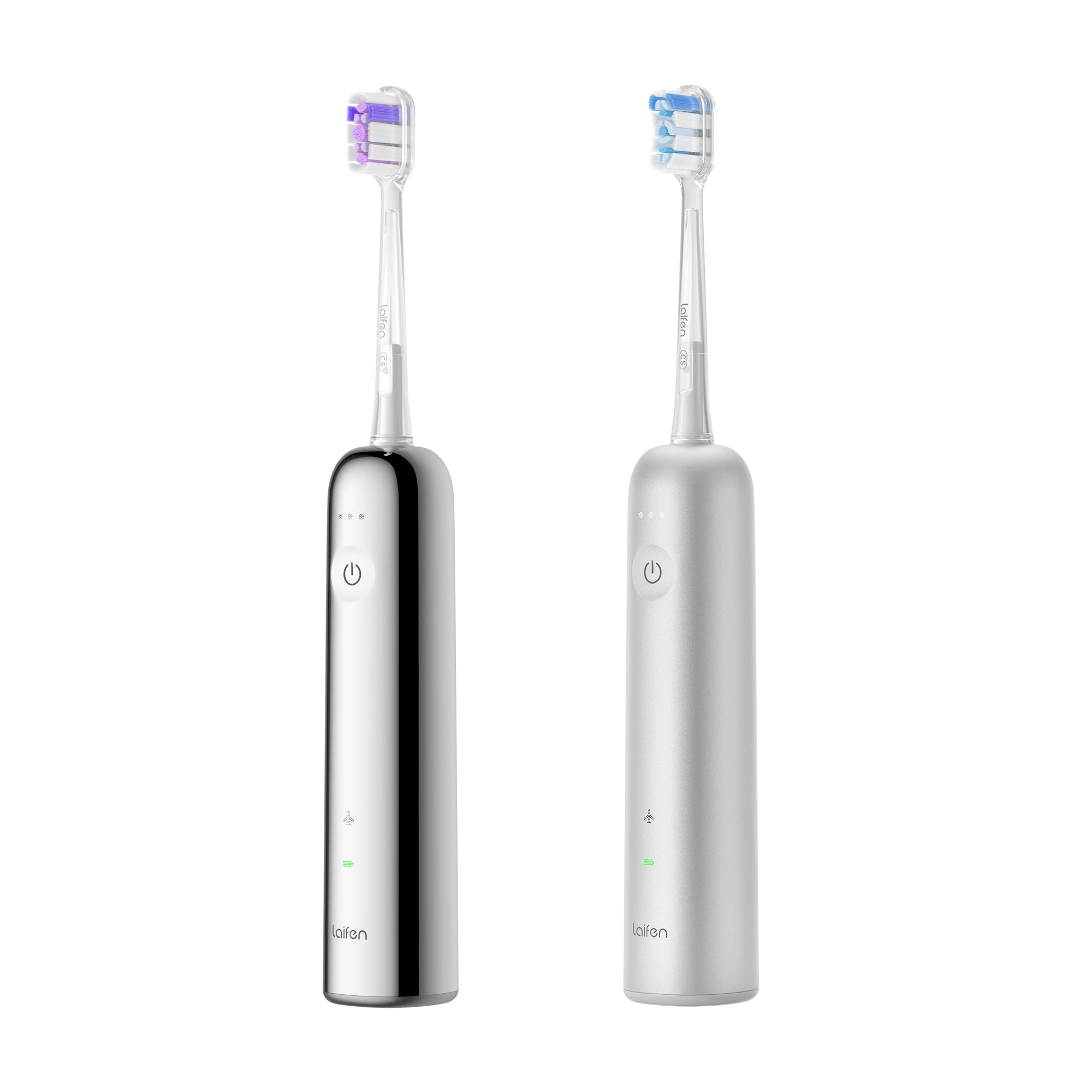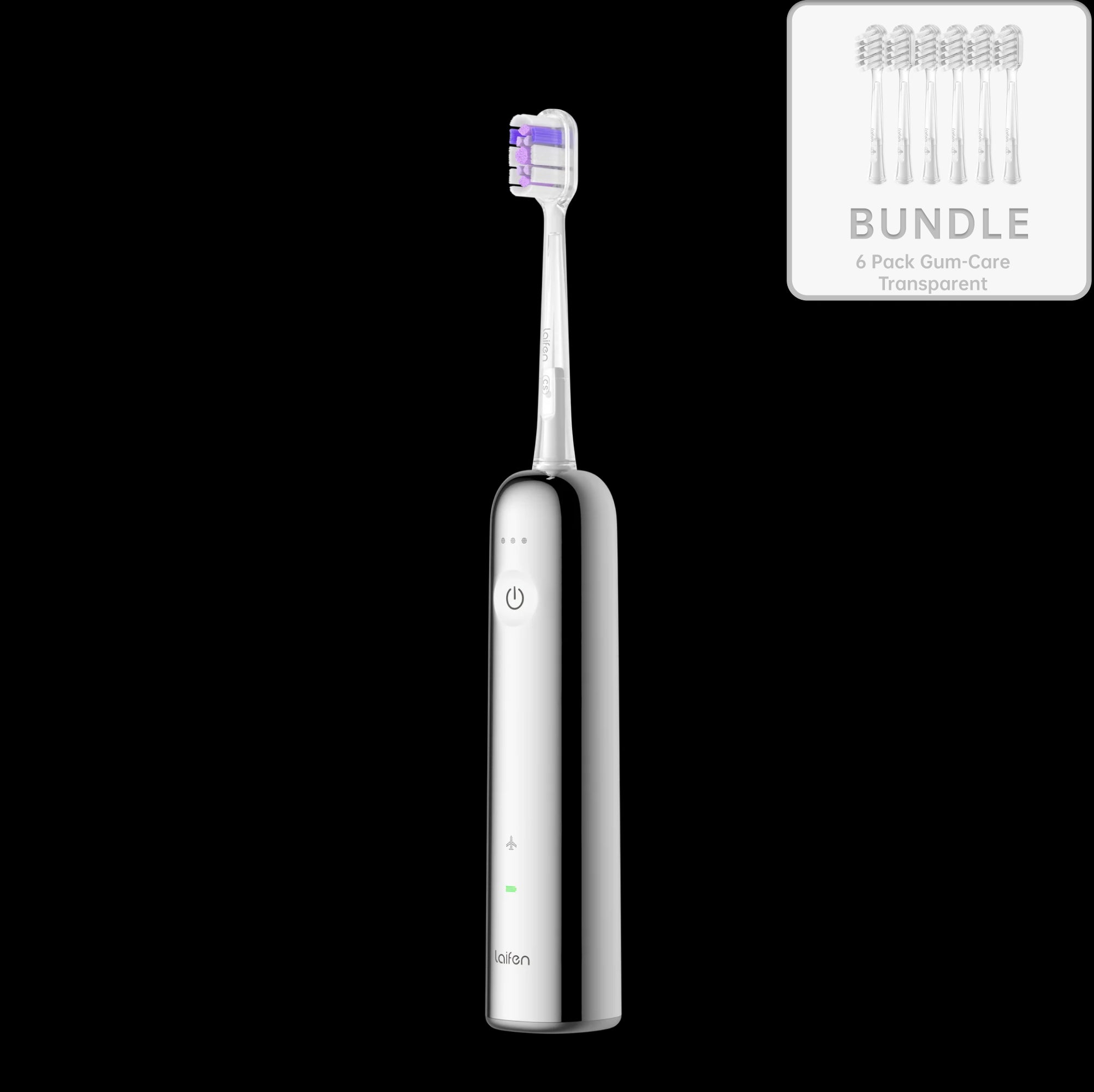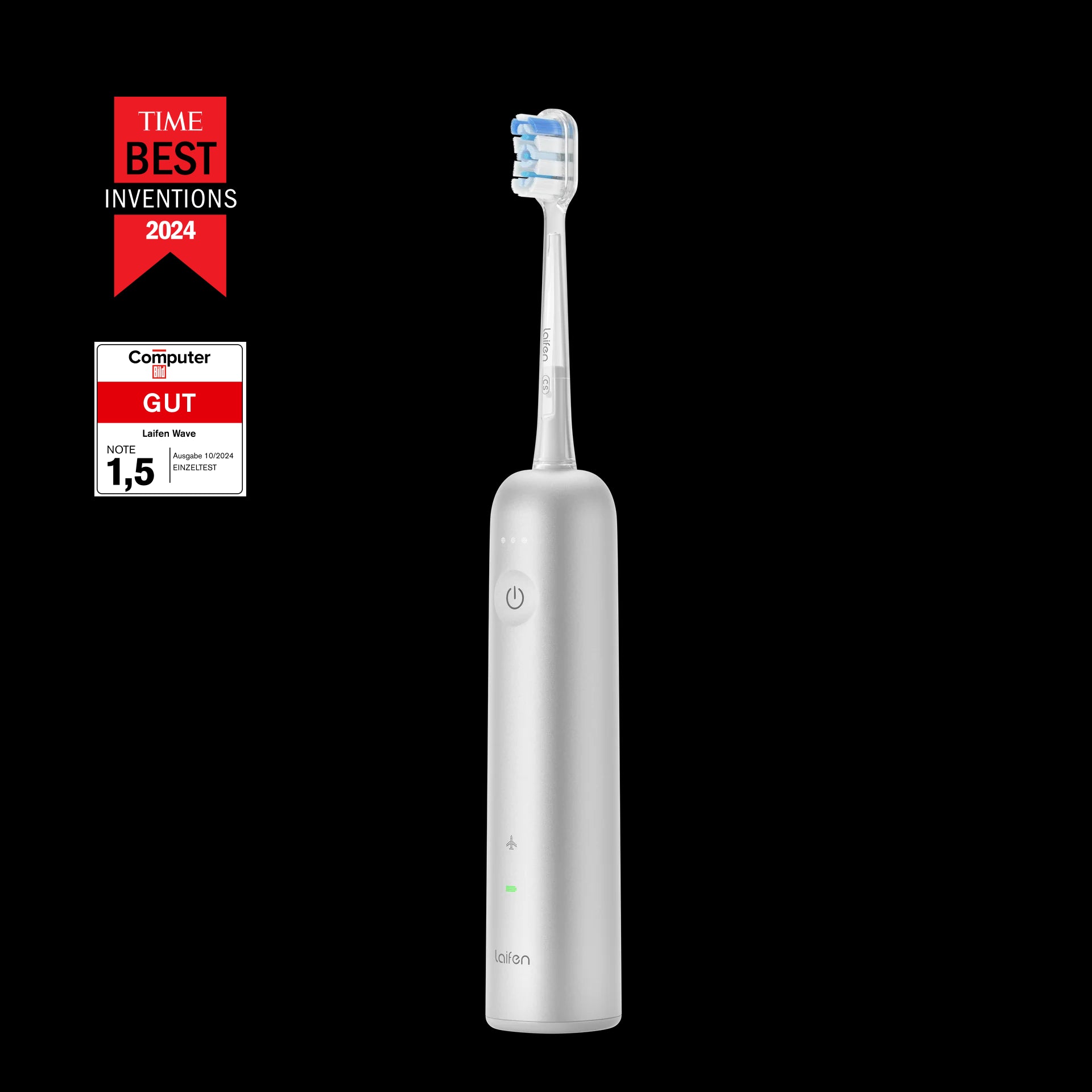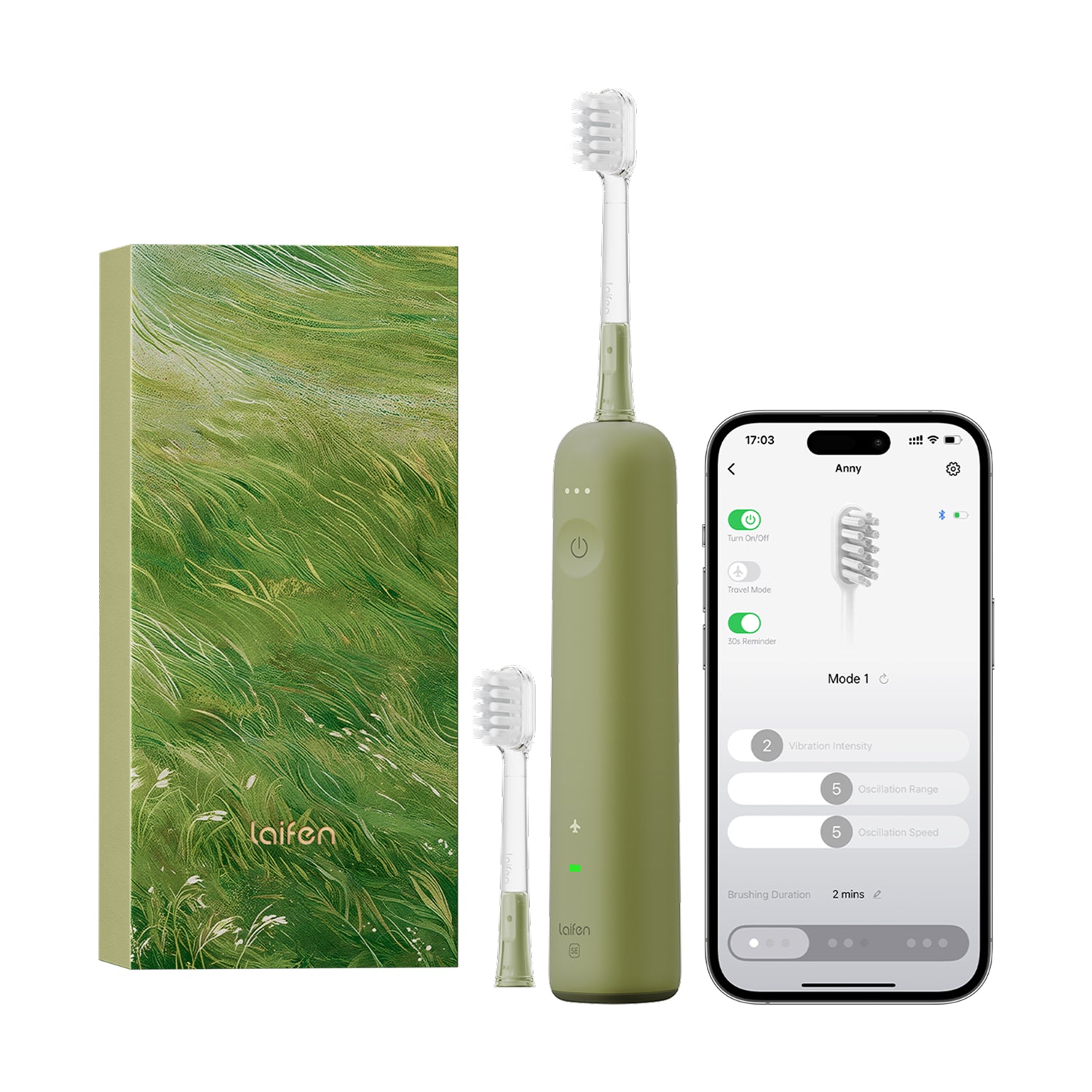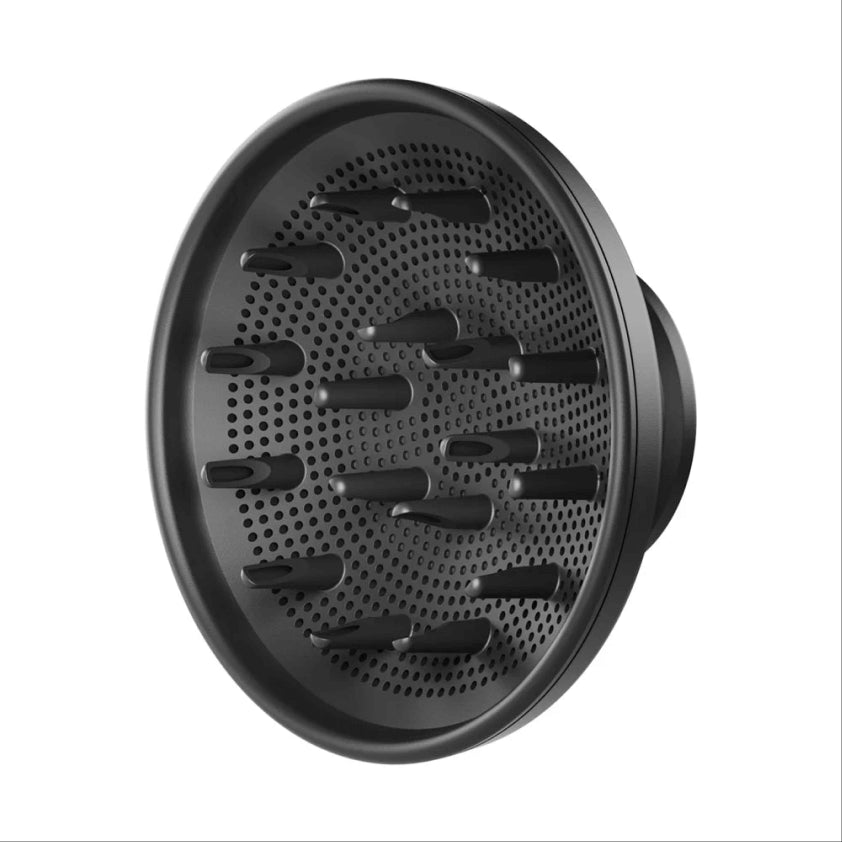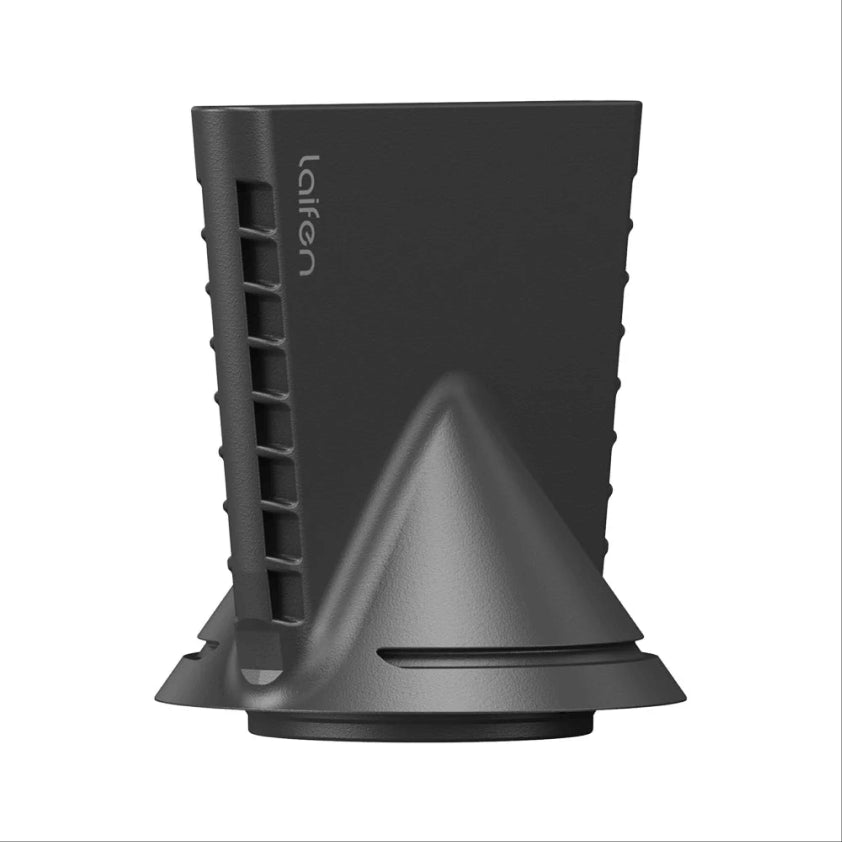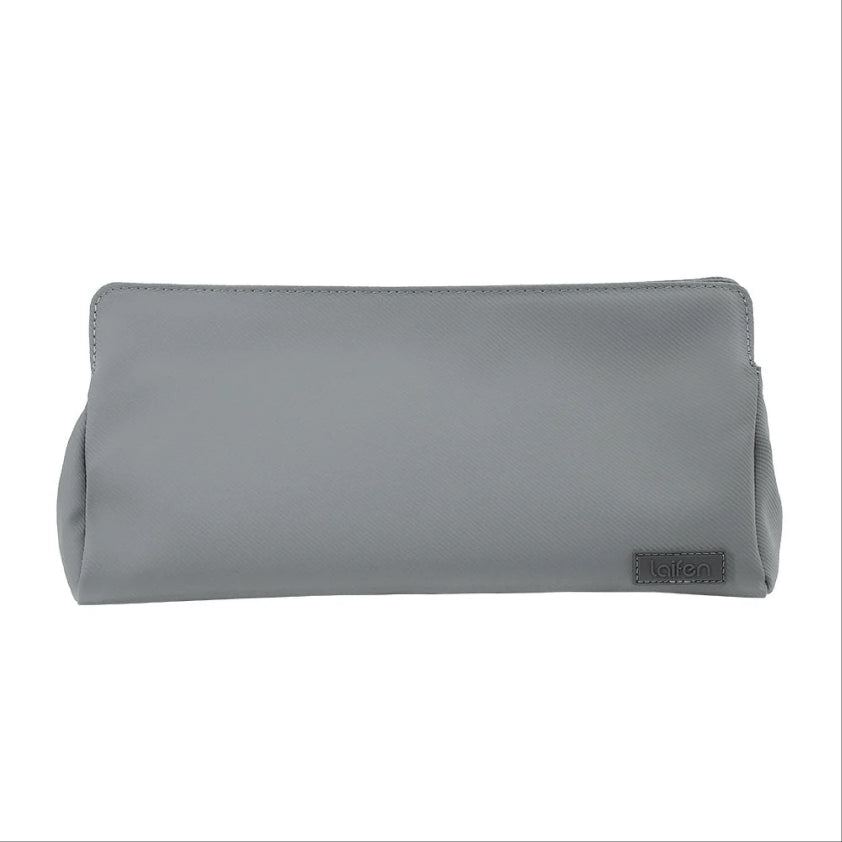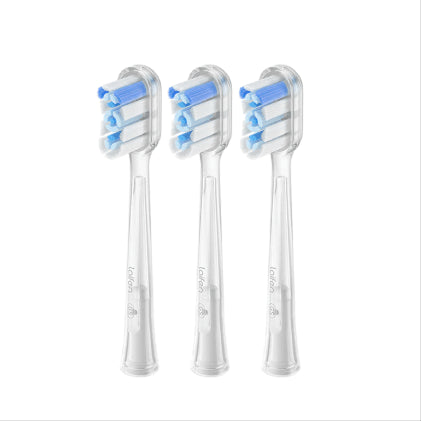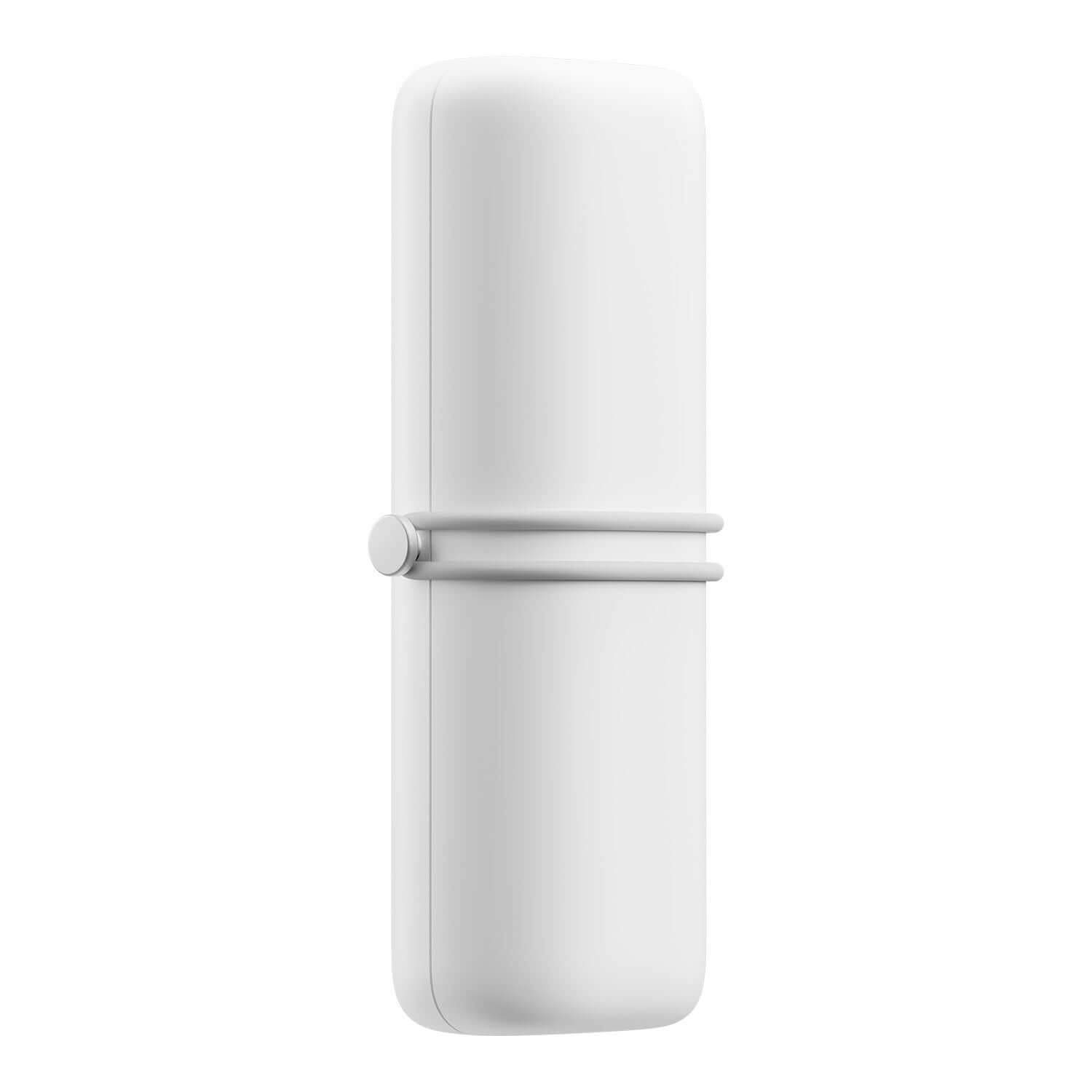
In this article
When it comes to oral hygiene, the battle between sonic and oscillating toothbrushes has left many wondering which is the superior choice. So, what's the deal?
Sonic toothbrushes use high-frequency vibrations to create a cleaning action that's more akin to traditional brushing, while oscillating toothbrushes have rotating heads that sweep back and forth to remove plaque and debris. The key distinction lies in their cleaning mechanisms: while sonic toothbrushes generate rapid vibrations to dislodge particles, oscillating toothbrushes rely on rotating bristles to achieve a deep clean.
[See also: Is a rotating electric toothbrush better?]
Now, why the need for two different types? Well, it boils down to personal preference. Sonic toothbrushes are praised for their ability to reach between teeth and along the gumline with ease, making them a favorite among those with sensitive gums or orthodontic appliances. On the other hand, oscillating toothbrushes are lauded for their thorough plaque removal and effectiveness in hard-to-reach areas, making them a go-to for those looking for a deeper clean.
So, how do you choose the right one for you? You can read more in my content.
Is it good to use a sonic toothbrush?
Using a sonic toothbrush can be a fantastic addition. These high-tech brushes are renowned for their ability to thoroughly clean teeth and gums by generating rapid vibrations that reach even the most challenging-to-access areas.
The sonic action helps dislodge plaque and debris, providing a deep clean that leaves your mouth feeling fresh and rejuvenated.
With their innovative technology and proven effectiveness, sonic toothbrushes are a fantastic choice for anyone looking to elevate their oral care regimen and achieve a brighter, healthier smile.
You need to remember that proper brushing technique and consistency are key to maximizing the benefits of a sonic toothbrush. Be sure to brush for the recommended two minutes, covering all surfaces of your teeth, and don't forget to replace the brush head regularly for optimal performance.
Is it dangerous to use an oscillating electric toothbrush?
No, using an oscillating electric toothbrush is not dangerous when used correctly and according to the manufacturer's instructions. In fact, oscillating toothbrushes are produced to provide effective and safe cleaning for your teeth and gums.
As with any dental tool, you need to use an oscillating electric toothbrush properly to avoid any potential risks. This includes applying gentle pressure while brushing, not pressing too hard against your teeth and gums, and using the toothbrush for the recommended amount of time.
Oscillating VS sonic toothbrush
|
|
Oscillating toothbrush |
Sonic toothbrush |
|
Mechanism |
Rotating bristles sweep back and forth. |
High-frequency vibrations create rapid motions. |
|
Movement |
Bristles rotate in a circular motion. |
Bristles vibrate at high speeds. |
|
Plaque removing |
Effective at removing plaque and debris. |
Also effective. |
|
Stimulation |
Provide some gum stimulation. |
Provides gentle gum stimulation. |
|
Noise |
Quieter during operation. |
Produce more noise due to vibrations. |
|
Effectiveness |
Thorough cleaning. |
Same. |
|
Ease of use |
Easy to use with simple brushing motion. |
Easy to use with minimal effort. |
|
Price |
Affordable. |
More expensive. |
Your best oscillating toothbrush option - Laifen Wave
It's seriously the bomb when it comes to electric toothbrushes - Laifen Wave! With its super cool rotating action, it feels like you're getting a professional clean every time you brush. It comes with these soft brush heads that make your teeth feel squeaky clean without irritating your gums.
There's more! Wave isn't just about cleaning your teeth – it's also super easy to use. All you gotta do is press a button, and boom, you're on your way to a mega fresh mouth! No more messing around with batteries – just plug it in, and you're good to go!
So if you're looking for a top-notch oscillating toothbrush that's easy on the gums and tough on plaque, the Laifen Wave is definitely the way to go.

